Better Design Through Making
Building Design + Construction (BD+C) discusses maker culture and the way fabrication is changing the design process at design firms like Sasaki
 Sasaki
Sasaki
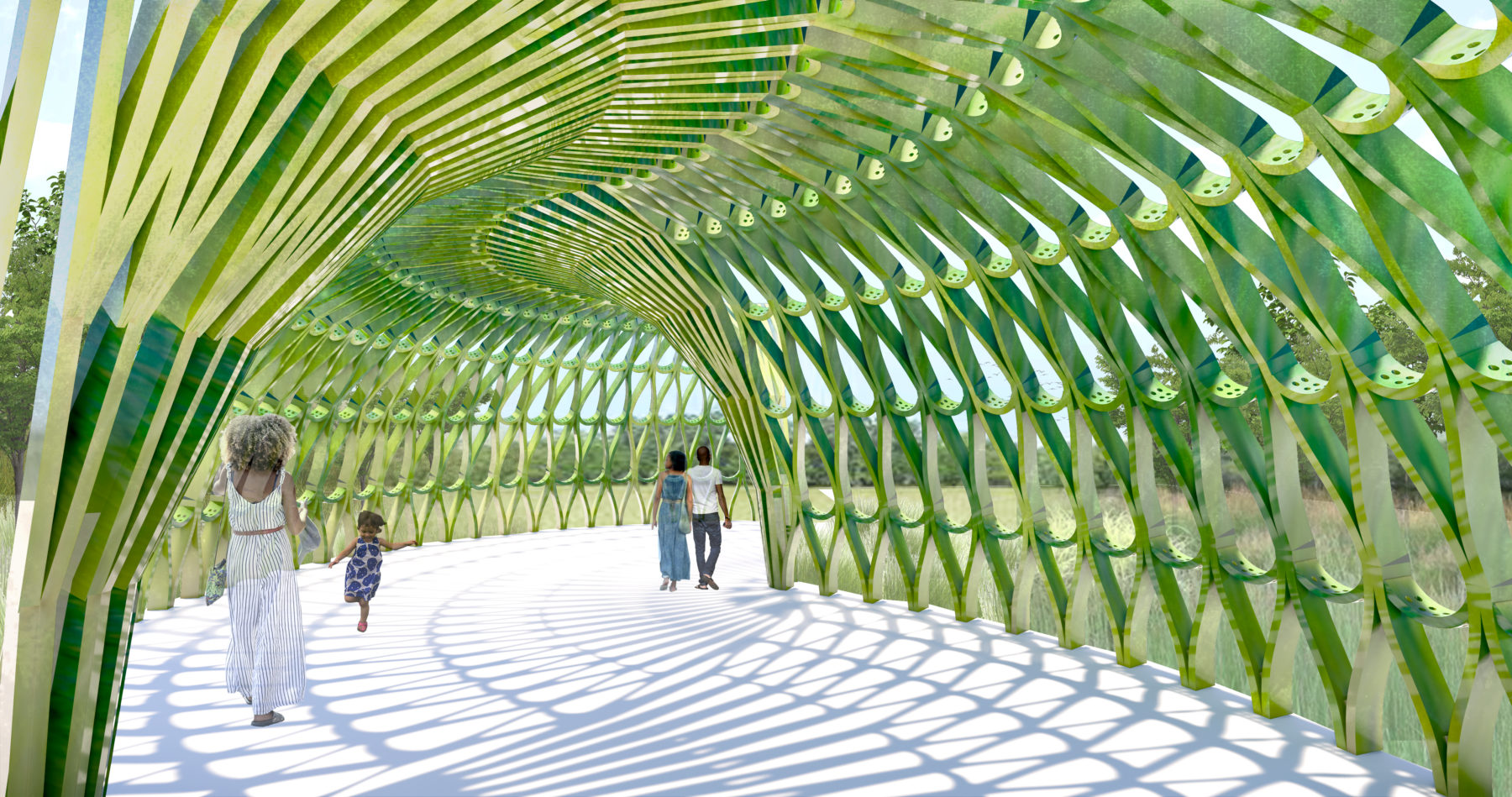
A team of Sasaki designers, engineers, and University of Buffalo students spent a week exploring the structural properties of terra cotta at the Architecture Ceramics Assemblies Workshop (ACAW) in Buffalo, New York. The annual workshop, which aims to change the way designers and manufacturers collaborate, is sponsored by Boston Valley Terra Cotta in conjunction with the University of Buffalo. This year’s workshop was attended by teams from Sasaki, Morphosis, SHoP, and AECOM, among many others.
As a material for sculpture, pottery, and other water-tight vessels, terra cotta dates back nearly 6,000 years. From the original Latin, terra cocta, meaning “baked earth,” it has been one of the easiest and most widely available materials with which civilizations could form and create, requiring only the sun’s heat to dry. By the 1800s, terra cotta was known primarily as a roofing material and architectural ornamentation, fired in modern kilns. The Sasaki-led team deliberately wanted to expand that definition of the material and experiment with the structural integrity of terra cotta, doing so by designing a free standing shade structure entirely constructed of terra cotta.
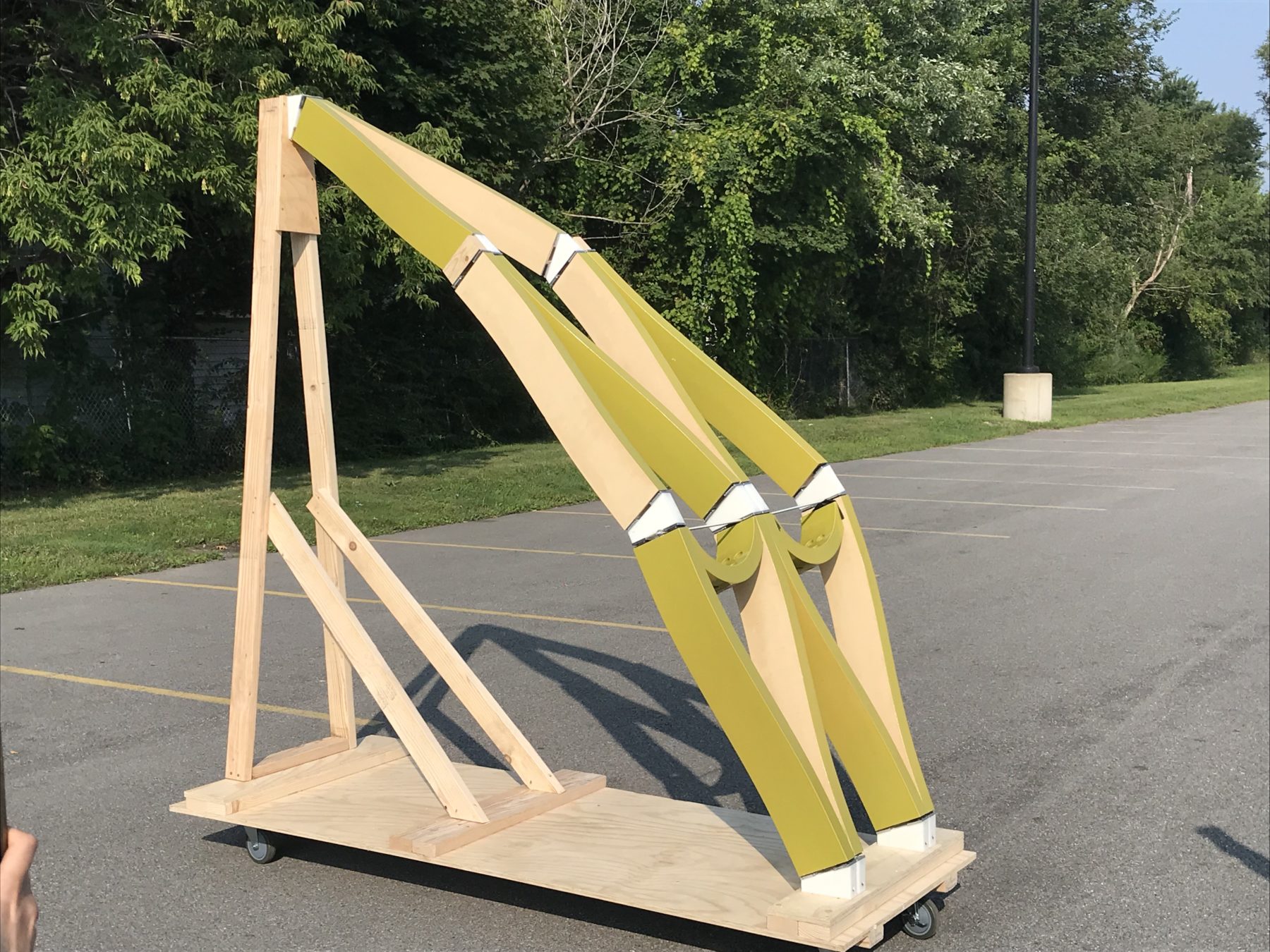
The final prototype assembled
The research team, led by principal and architect Christine Dunn, AIA, senior associate Brad Prestbo, Lucca Townsend, and structural engineer Chris O’Hara, took their shade structure design inspiration from Live Oak trees. Modeled in a similar fashion to a bundt cake, the “branches” arch out from a central trunk and rest back down on the ground to create a grand canopy that is wider than it is tall. Setting the terra cotta in arch form forces the material into a compressed state, at which its strength is comparable to concrete. Beyond structural integrity, terra cotta offers several unique benefits for use: it is more environmentally friendly than concrete, can be set in many forms, and can be glazed to take on any appearance.
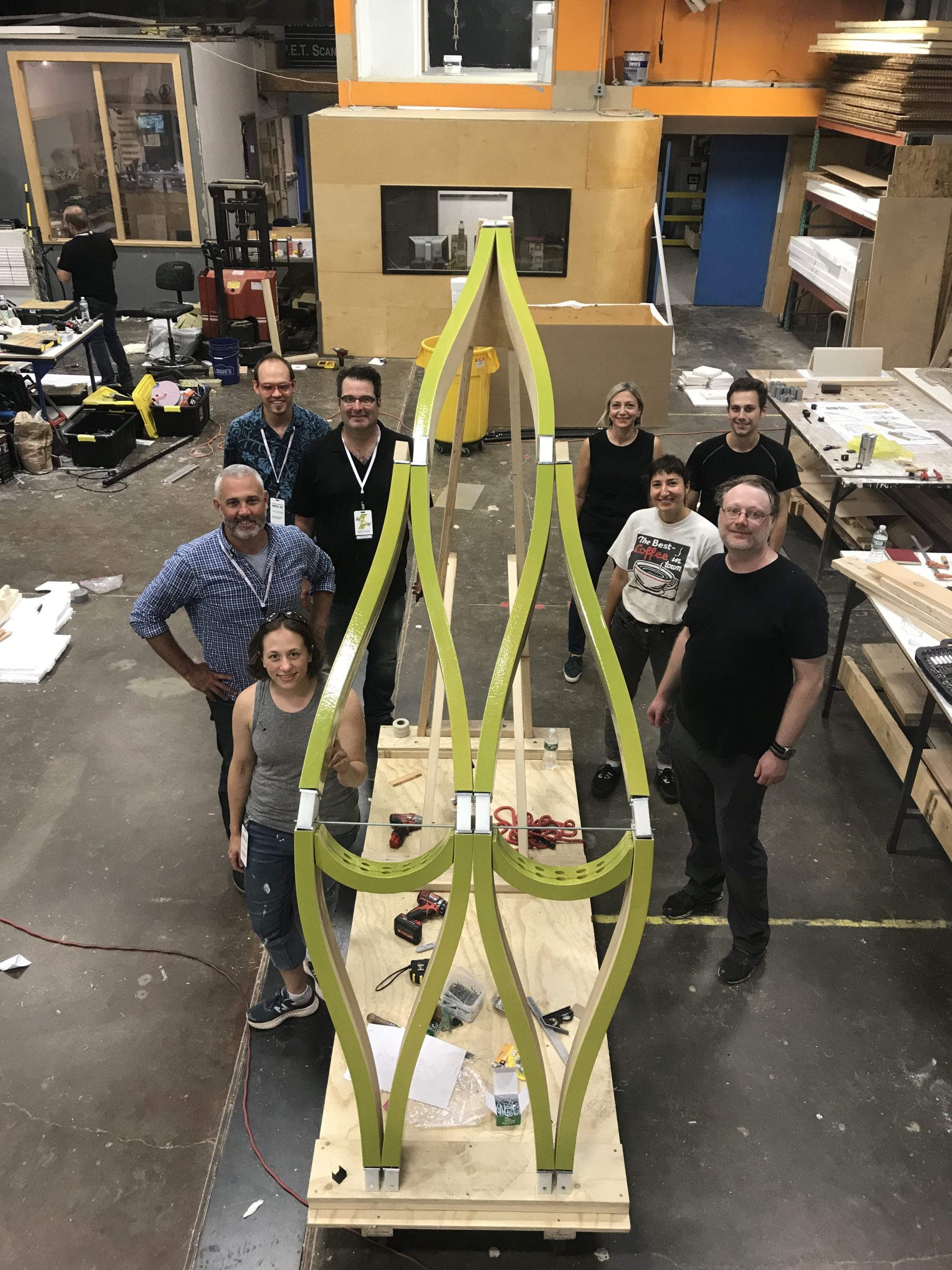
The team at the Architecture Ceramics Assemblies Workshop (ACAW) in Buffalo, New York
The prototyping process began at Sasaki and included digital modeling, 3D printing, and CNC cuts of the joining sections for the terra cotta structure. Exact shapes and measurements were sent to Boston Valley Terra Cotta, where the pieces were molded and fired ahead of the workshop. The prototype was assembled by the team at the University of Buffalo, and will make its way back to Boston this fall. Stay tuned for more updates!
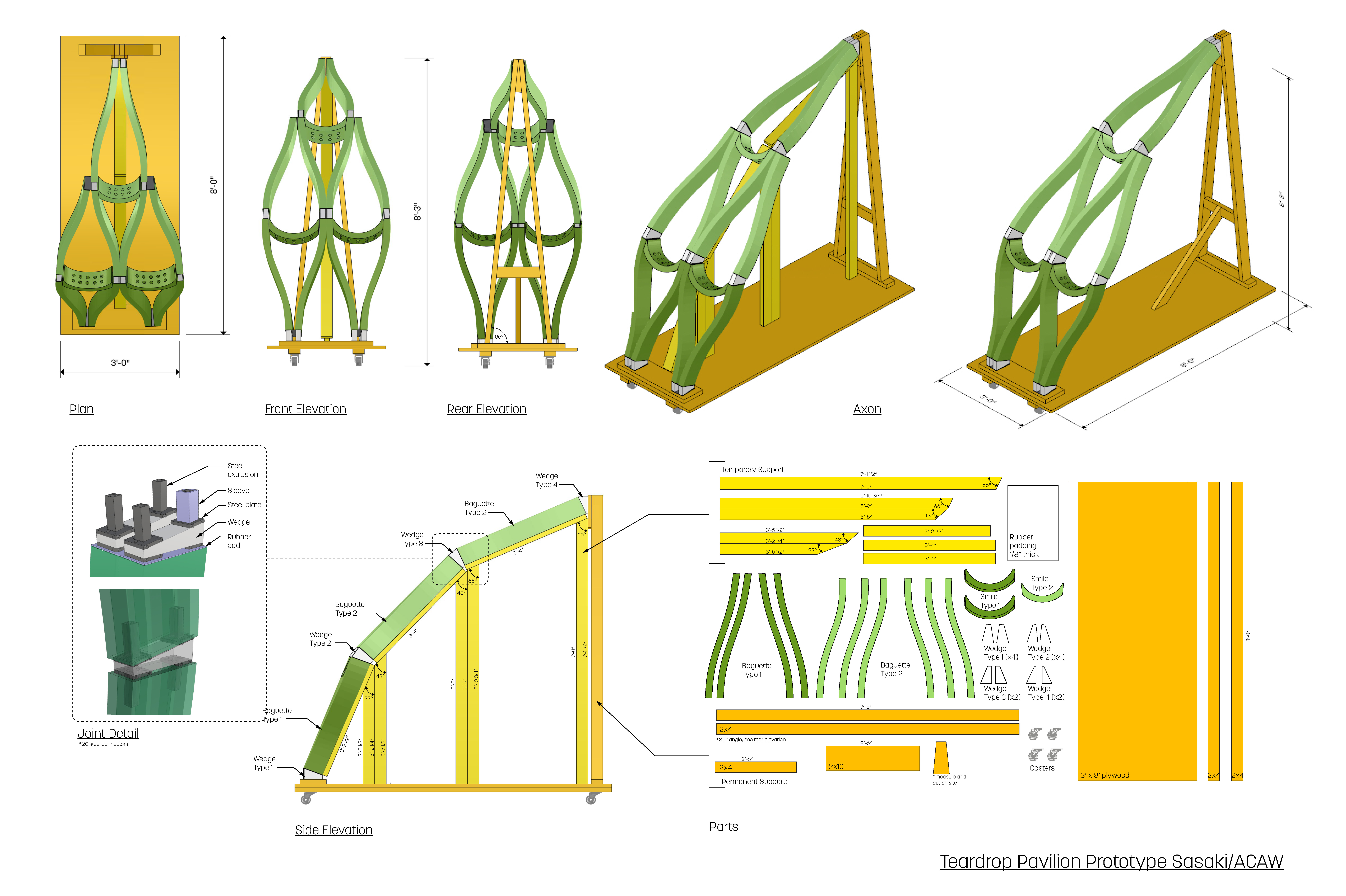
Full layout of the team’s research
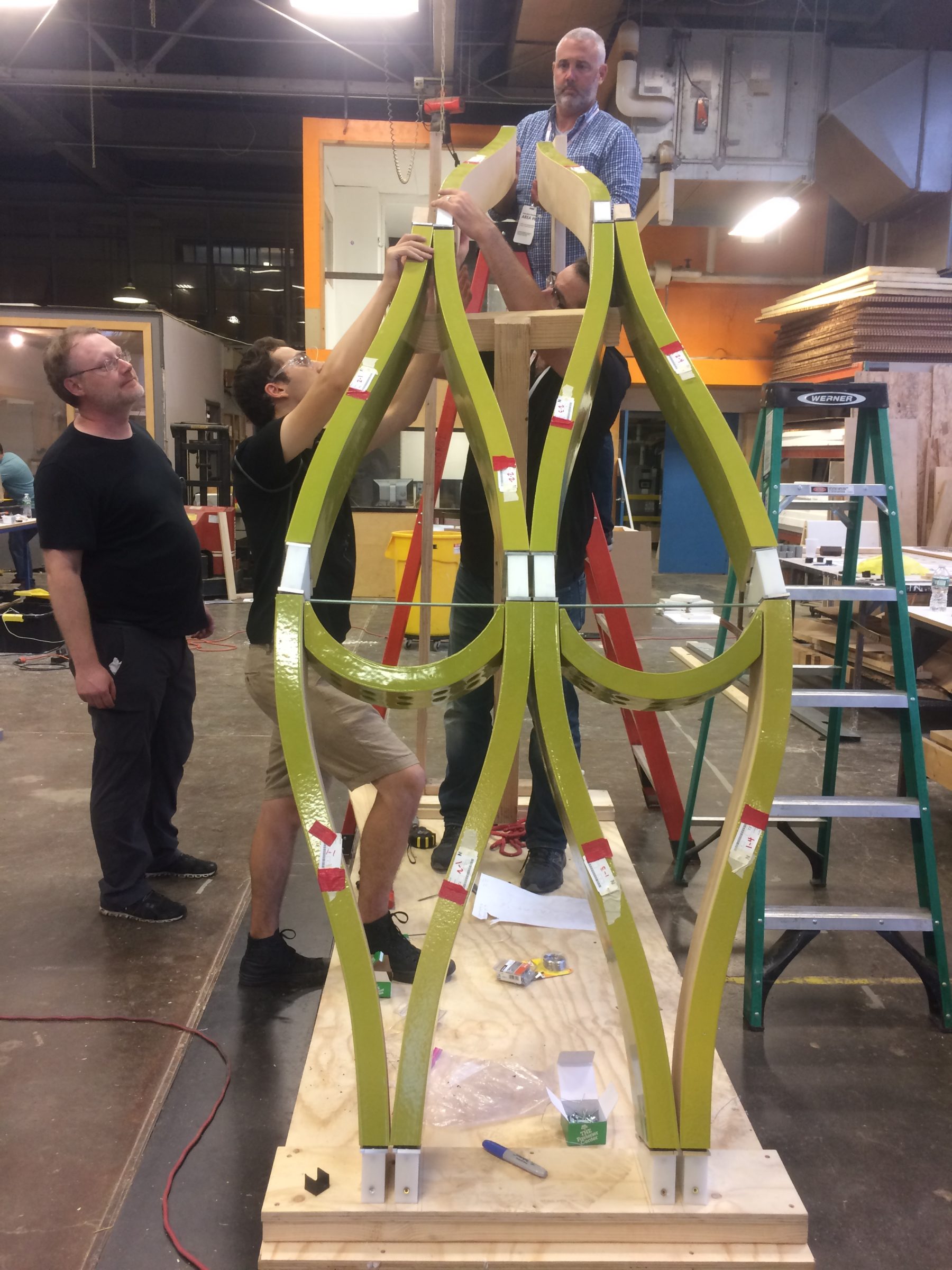
The team assembling the structure
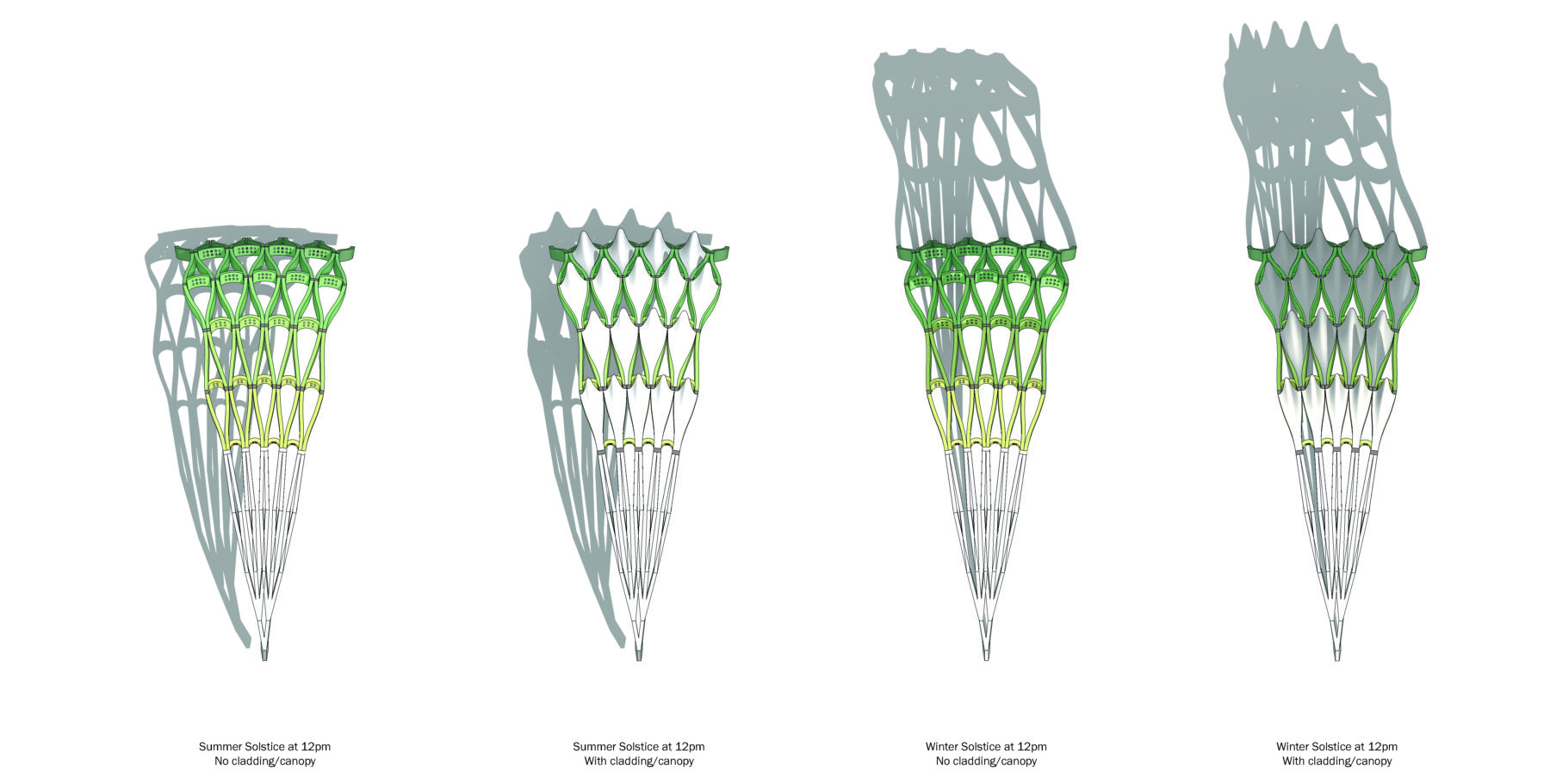
Shadow study for the structure
Building Design + Construction (BD+C) discusses maker culture and the way fabrication is changing the design process at design firms like Sasaki
Researching, designing, and fabricating a permeable paver prototype to help with urban flooding